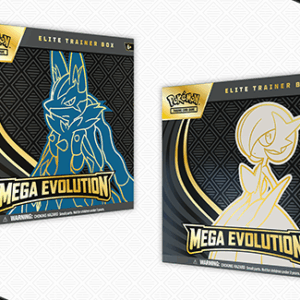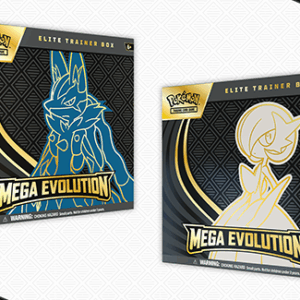The 1991 Hoops Metal Prototypes herald a captivating and daring experiment in the realm of basketball trading cards. Featuring the legendary Michael Jordan, these cards represented an innovative fusion of sports collectibles with the bold utilization of metal in their production. This article intricately explores the genesis and narrative behind the creation of these one-of-a-kind cards, offering an insider’s perspective on the entire journey from inception to realization.
The inception of these extraordinary cards marked a leap into uncharted territories. The notion behind the Hoops Metal Prototypes was to forge a distinct marketing alliance with a prominent manufacturer of an everyday item: bread. The aim was to tap into fresh consumer segments and entice them to make purchases, thereby mutually benefiting both the Hoops brand and the bread producer. This pioneering tactic mirrored Michael Jordan’s later collaborations with Upper Deck and Hanes in 2018, where exclusive cards were bundled with specific product acquisitions.
In this instance, Hoops strategized to disseminate their exclusive metal cards through a collaboration with a bread producer, emulating how Franz bread, a renowned Portland-based company, had been dispensing cards to promote the Portland Trail Blazers. Although Michael Jordan was not directly featured, his essence was evoked in two of these cards: the 1991-92 Terry Porter and the 1991-92 Jerome Kersey cards.
The crafting process of metal trading cards was a groundbreaking concept during that epoch. The production journey entailed a series of intricate steps, including the selection of suitable metal materials, meticulous design to ensure sturdiness and safety, and the formulation of a printing technique that could bond with the metal surfaces sans compromising image quality. A first-hand narrative from a member of the production squad sheds light on the hurdles and triumphs encountered in bringing these visionary cards into existence.
The initial fervor surrounding the metal cards was palpable. Nonetheless, it soon became apparent that dealing with metal entailed unforeseen hazards. The edges of the metal cards posed a potential threat due to their sharpness, particularly to younger collectors. This peril necessitated additional measures in the production phase to file down the edges and render the cards safe for handling.
Apart from the collaboration with the bread manufacturer, Hoops contemplated alternative distribution avenues. There was a scheme to insert redemption cards in Hoops product packs, enabling fortuitous purchasers to trade them for the special metal cards. This dual-pronged approach was designed to optimize outreach and engagement with collectors.
Despite the avant-garde methodology, the metal cards encountered various obstacles, comprising production expenses and safety apprehensions. These impediments curtailed the widespread availability of the cards, rendering them scarce and highly coveted by collectors today.
The legacy of the 1991 Hoops Metal Prototypes endures as a tribute to the audacious and inventive marketing strategies of the early 1990s. While the partnership with the bread producer and the redemption initiatives did not yield enduring success, the cards themselves have evolved into prized relics of collectible history. The distinctive amalgamation of Michael Jordan’s iconic visage and the groundbreaking use of metal renders these cards a captivating chapter in the panorama of sports memorabilia.





